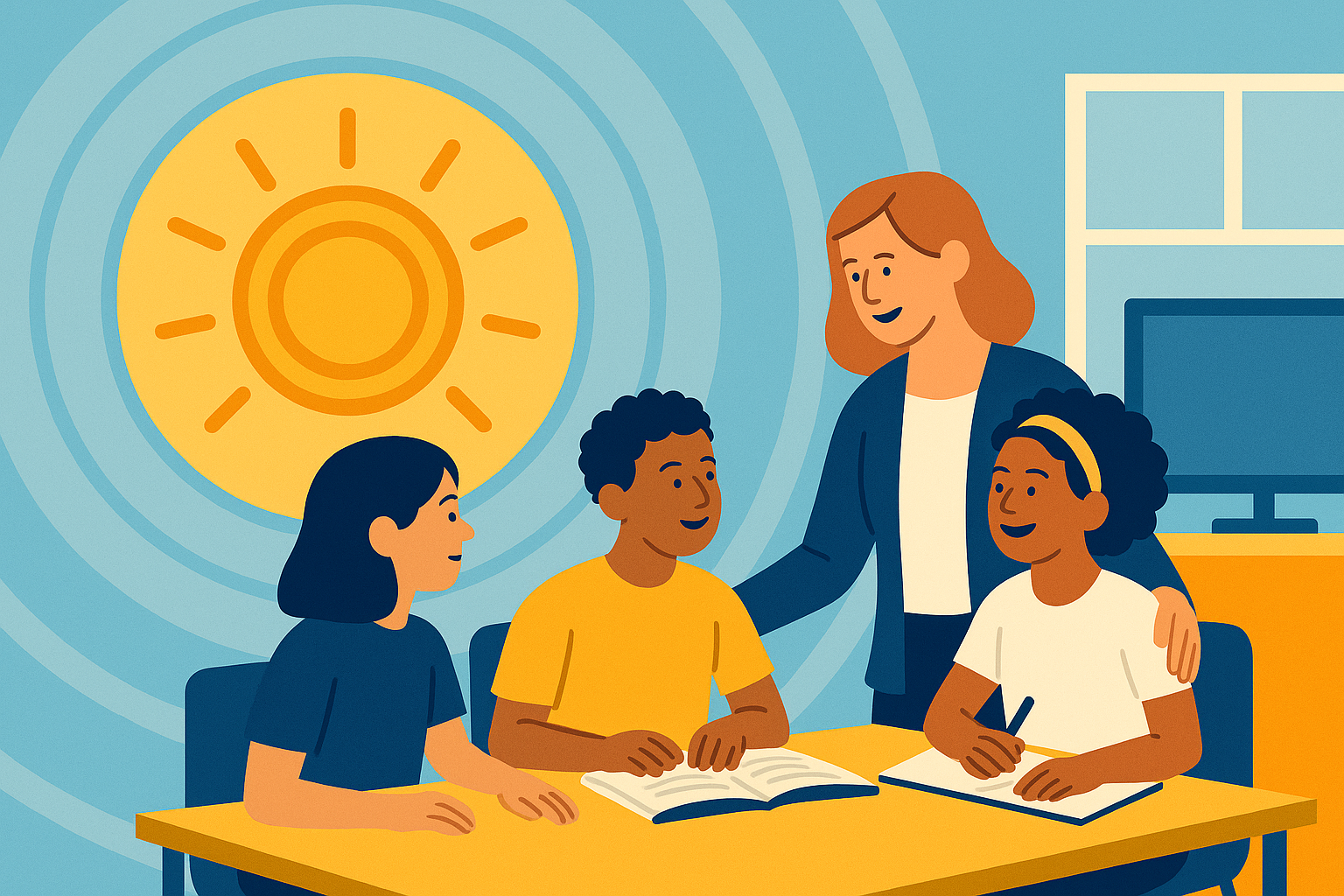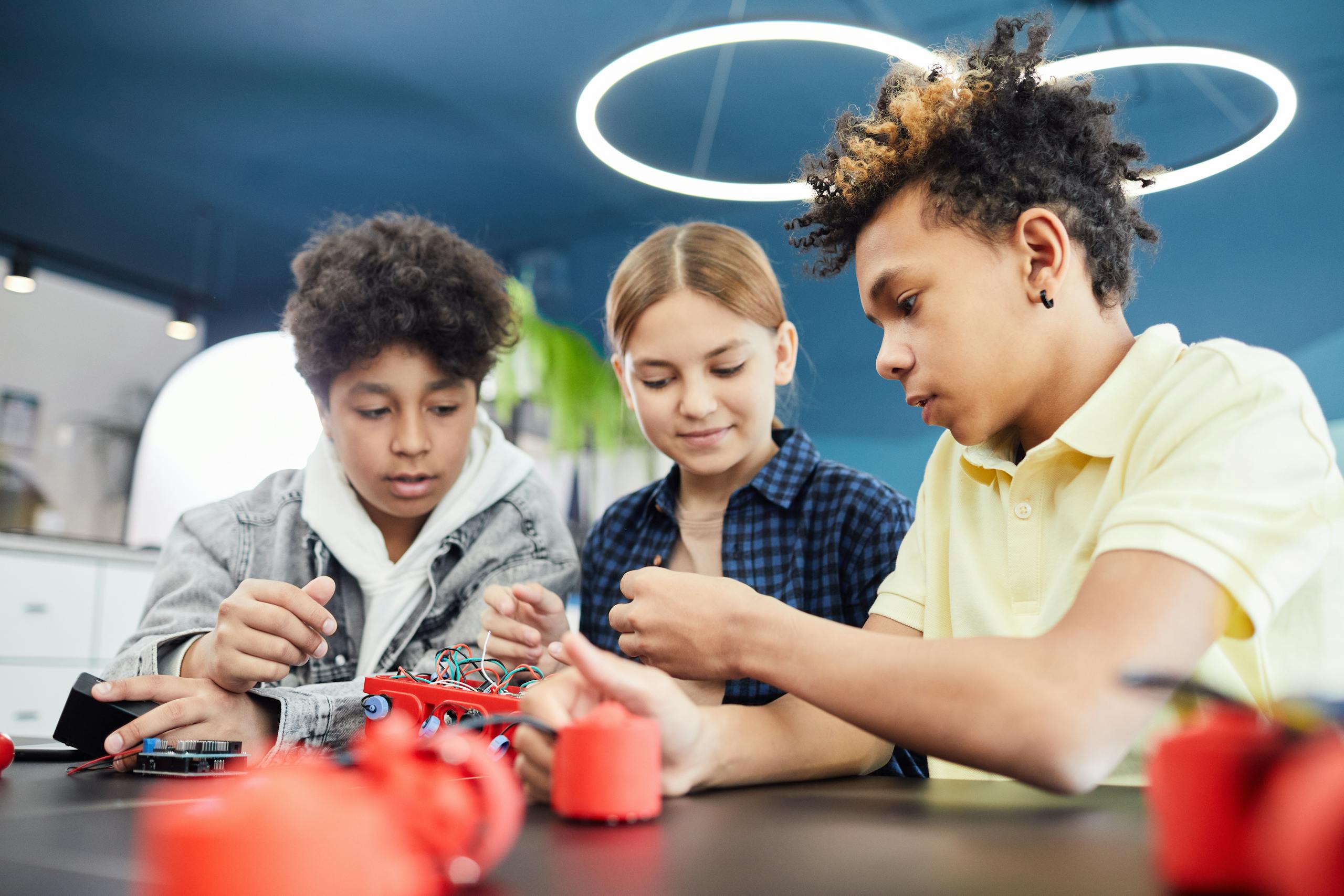The Multiplier Effect: How Tutoring Ignited Change Beyond Academics

The Untold Side of Tutoring Success
Most conversations about tutoring center on numbers: proficiency gains, percentile jumps, or benchmark improvements. But something deeper is happening in schools that commit to high-impact tutoring.
Attendance is climbing. Engagement is rising. Teachers feel renewed energy in their classrooms. Students who once felt disconnected are showing up not just for tutoring, but for school itself.
These outcomes aren’t accidental. They’re the multiplier effects that happen when tutoring becomes part of a school’s culture, not just a program.
Explore examples of these ripple effects.
More Than Academic Growth
Across several districts, the same pattern appears: when tutoring is personal, consistent, and trusted, gains extend well beyond academics.
| Impact Area | What Changed | Example |
| Attendance | Students show up more often because tutoring gives them a reason to belong. | A Nevada district saw a 17 percent increase in attendance after integrating tutoring into the regular schedule. |
| Confidence | Learners start to believe they can improve. | One literacy initiative in Massachusetts reported that students began volunteering to read aloud for the first time. |
| Culture | Teachers describe renewed optimism and teamwork. | In Virginia, schools noted stronger staff collaboration as data and success stories were shared across grades. |
Why This Works
Relationships Come First
Students commit when they feel seen. Successful tutoring models prioritize consistency—same tutor, same group, same setting—so trust can grow. Over time, that trust becomes the foundation for academic risk-taking.
Small Wins Spark Big Shifts
Frequent progress checks and celebrations turn effort into visible growth. Students start associating learning with success, and momentum builds naturally. Teachers report that confidence from tutoring often spills over into class participation and homework completion.
Connection Fuels Attendance
When tutoring is embedded into the school day rather than tacked on after hours, students view it as part of school life, not extra work. They show up for tutoring and stay for everything else.
Lessons for School Leaders
Schools that see these multiplier effects share a few habits that any district can replicate:
Practical Takeaways
- Start small, scale intentionally. Pilot tutoring in one grade or subject before expanding.
- Align with core instruction. Tutors and teachers should plan together weekly.
- Measure what matters. Track engagement and attendance alongside academic data.
- Celebrate growth publicly. Recognize both academic and behavioral wins.
- Protect the time. Keep tutoring blocks consistent—even during testing weeks.
Learn how consistent scheduling supports these outcomes in Finding the Minutes.
The Bigger Picture
When schools invest in tutoring, they’re not just closing learning gaps. They’re rebuilding engagement, trust, and connection. Students feel capable. Teachers feel supported. Leaders see growth that reaches far beyond assessments.
That’s the multiplier effect in action: one investment, many returns.
Explore more insights on high-impact tutoring and real implementation stories: Success Stories| High-Impact Tutoring Overview | Resources for School Leaders


